Visiting Sossusvlei: A Guide to the Sand Dunes of Namibia
In the remote heart of the Namib Desert, where the earth burns red beneath a cobalt sky and winds carve artful ridges into ancient sands, lies a place of otherworldly beauty and geological marvel: Sossusvlei. This is not just a destination; it is a living canvas of color, contrast, and solitude—one of the most surreal landscapes on Earth. Here, gravity-defying sand dunes tower like terracotta mountains, and cracked white clay pans shimmer like bleached parchment under the fierce African sun.
Located within the vast Namib-Naukluft National Park in southwestern Namibia, Sossusvlei stands as a testament to millions of years of natural sculpting, offering travelers a rare opportunity to walk in a world that seems untouched by time. From dawn-lit summits of crimson dunes to the spectral trees of Deadvlei frozen in death for centuries, every inch of this land tells a story—raw, elemental, and eternal.
This detailed guide invites you into the awe-inspiring world of Sossusvlei, unfolding its mysteries, showcasing its unmissable highlights, and offering practical insights to ensure your journey into the desert is nothing short of transformative.
Understanding Sossusvlei: More Than Just a Dune Field
Sossusvlei is often mistakenly thought of as a single landmark, but in truth, it refers to a broader area within the Namib-Naukluft Park, defined by salt and clay pans surrounded by some of the tallest sand dunes on the planet. The name “Sossusvlei” itself is derived from the Nama word “Sossus,” meaning “no return,” and the Afrikaans “vlei,” meaning “marsh.” Together, the name poetically hints at a place where water comes to vanish—a desert basin of silence and stillness.
This region is part of the Namib Desert, believed to be the oldest desert on Earth, with dune formations dating back more than five million years. The dunes of Sossusvlei are not just ancient; they are also dynamic. Their shapes constantly shift with the wind, though their overall structure remains remarkably steady over time.
What makes these dunes so mesmerizing is their distinct color—an intense, rust-red hue caused by the high iron content in the sand. As the sun arcs across the sky, the light transforms the dunes into kaleidoscopic waves of shadow and brilliance, creating a visual drama that changes by the minute.
Deadvlei and the Ghosts of Time
No visit to Sossusvlei is complete without standing amidst the haunting beauty of Deadvlei—a white clay pan punctuated by the blackened skeletons of camelthorn trees that have stood dead for over 600 years. These trees, long since starved of water when the Tsauchab River was cut off by shifting dunes, remain preserved in the desert air, never decaying due to the arid climate.
Deadvlei is a paradox of life and death, presence and absence. The sun-bleached pan, stark against the fiery dunes of Big Daddy and Big Mama, creates a visual masterpiece of contrast, often described as one of the most photographed landscapes on the African continent. To walk among these still, ancient figures is to experience an eerie serenity, where time feels suspended and nature whispers of endurance.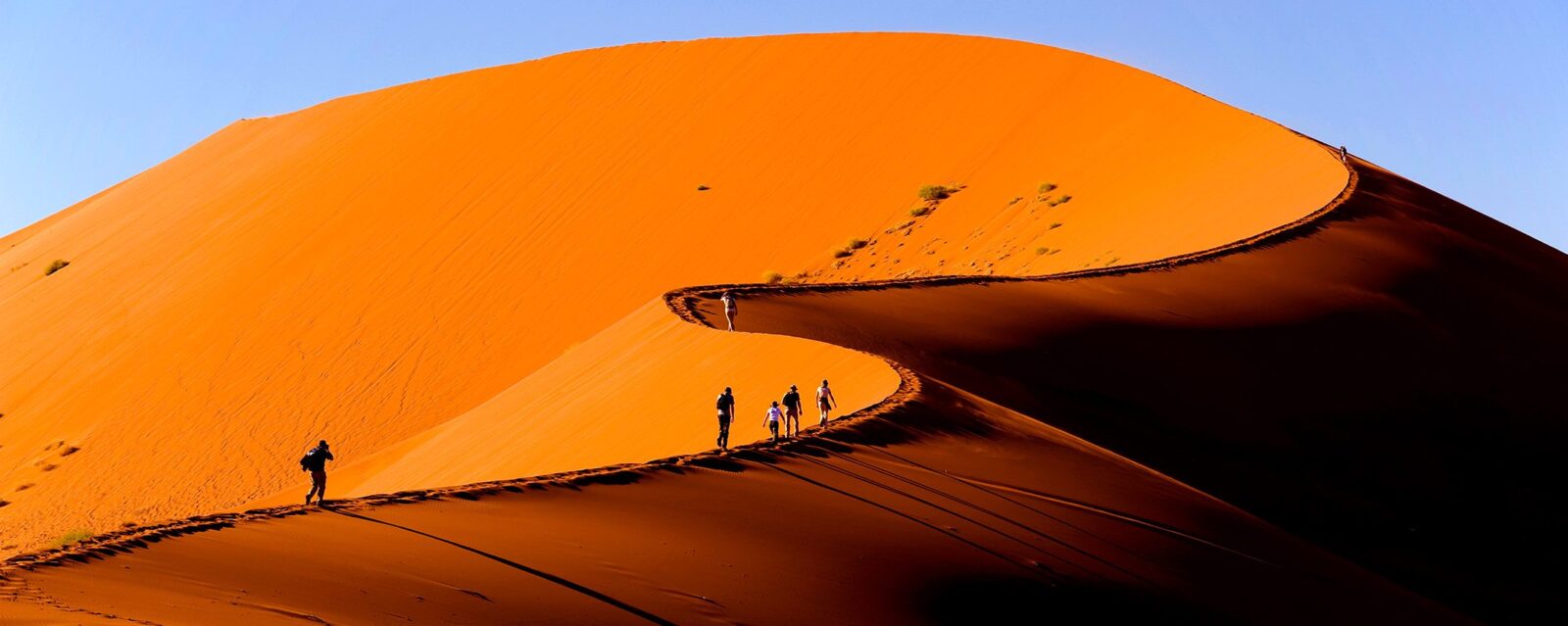
The Giants of Sand: Dune 45, Big Daddy, and Beyond
Sossusvlei’s dunes are as diverse in personality as they are in height. Among the most famous is Dune 45, often referred to as the most photographed dune in the world. Its position near the road, combined with its elegantly curved spine, makes it a popular spot for sunrise climbs. At 170 meters tall, it offers a manageable yet rewarding ascent, and from its summit, the desert seems to stretch infinitely.
More formidable is Big Daddy, towering at over 325 meters, and considered the tallest dune in the Sossusvlei area. Climbing Big Daddy is no easy feat—it demands strength, balance, and patience—but the payoff is unparalleled. From its crest, the views of Deadvlei below are both epic and humbling, a panorama of ancient earth and elemental beauty.
Each dune offers its own experience, shaped by light, wind, and time. There is a rhythmic meditation to the climb, as every step sinks into sand, every breath syncs with the wind, and every glance reveals new curves etched by nature’s unseen hand.
The Life Within the Desert: Flora, Fauna, and Survival
Though it may appear lifeless at first glance, Sossusvlei’s desert ecosystem supports a surprisingly rich web of adapted wildlife and plant species. Life here has evolved not to conquer the harshness but to coexist with it.
Animals such as oryx (gemsbok), springbok, jackals, ostriches, and even desert foxes roam the dunes and dry pans, surviving with minimal water. Small insects and reptiles, like the shovel-snouted lizard, thrive in the heat through unique behavioral adaptations, including “thermal dancing” to avoid burning feet.
Plants, too, are miraculous survivors. The Welwitschia mirabilis, often described as a living fossil, thrives in gravel plains nearby, living up to a thousand years by absorbing moisture from desert fog. Grasses and camelthorn trees endure thanks to deep root systems that seek underground reserves.
This delicate desert equilibrium reminds travelers that beauty can be found not only in grand vistas but also in the subtle resilience of life.
When to Visit Sossusvlei: The Rhythm of the Seasons
Sossusvlei can be visited year-round, but timing your journey with the seasonal rhythms of the Namib enhances the experience. The cooler months from May to September offer more comfortable temperatures for climbing dunes and exploring on foot, with crisp desert mornings and clear, photogenic skies.
During the summer months (October to April), temperatures soar, especially midday, but the light during sunrise and sunset becomes even more vivid—casting the dunes in gold, crimson, and deep auburn. Occasional summer rains can create rare ephemeral pools, briefly bringing water back to the vlei and attracting wildlife and birds.
Regardless of the season, early morning and late afternoon remain the optimal times for exploration, not only for the lighting but also to avoid the intensity of midday heat.
Getting There and Exploring Responsibly
Sossusvlei is accessible via both self-drive adventures and guided tours, with the gateway town of Sesriem serving as the main base for accommodation and park access. From Sesriem, travelers can enter the park at dawn and follow a paved road for about 60 kilometers into the heart of the dunes, with the final stretch to Sossusvlei and Deadvlei requiring a 4×4 vehicle or shuttle service.
For those unfamiliar with desert driving, guided excursions are highly recommended, ensuring safety and deeper insight into the geology, ecology, and history of the area. Expert guides not only navigate the terrain but also offer storytelling that connects visitors to the deeper narrative of the Namib.
It is essential that exploration is done responsibly and respectfully. The Namib Desert is a fragile ecosystem, and footprints can last for decades on dune slopes. Travelers are encouraged to follow designated paths, leave no trace, and carry plenty of water, sunscreen, and protective gear.
A Journey Into Silence and Immensity
Visiting Sossusvlei is more than a photographic opportunity; it is a pilgrimage into the ancient silence of Earth’s memory. There is no crowd, no chaos—only wind, sand, and time. Standing atop a dune at sunrise, feeling the desert breathe and the silence pulse, is an experience that touches the soul in ways no city skyline or luxury retreat ever could.
This journey reveals a deeper truth: that nature, even in its most barren form, can be profoundly moving. The dunes of Sossusvlei are not just sights to be seen—they are stories to be felt, etched in the shifting sands of one of the world’s last true wildernesses.
Explore the Soul of the Desert with WildHorn Africa
For those seeking to experience Sossusvlei in all its breathtaking wonder, guided with expertise and care, there is no better companion than WildHorn Africa. Specializing in authentic, conservation-centered safari experiences, WildHorn Africa curates journeys that are immersive, educational, and unforgettable.
From luxury desert lodges to personalized itineraries that include Sossusvlei, Deadvlei, and beyond, WildHorn Africa ensures that every step you take is rooted in excellence, sustainability, and cultural respect.
Book your Namibian desert safari with WildHorn Africa today—and awaken your spirit in the timeless sands of Sossusvlei.

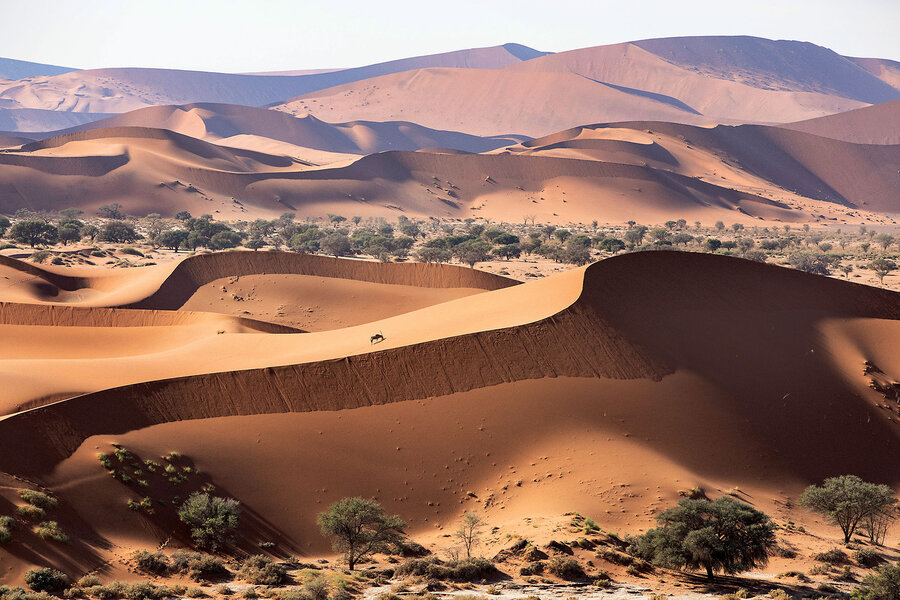
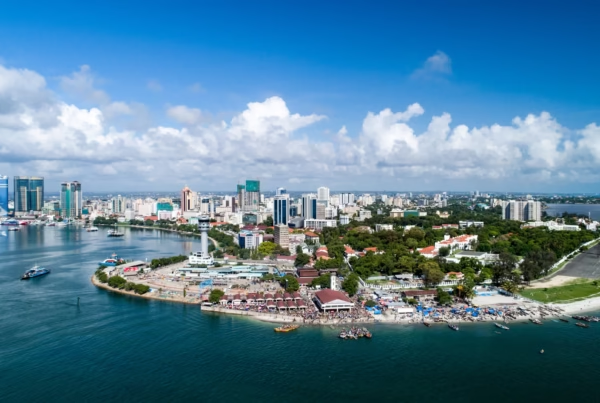
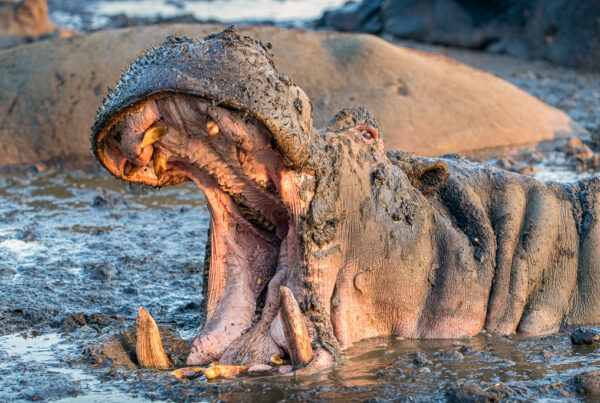
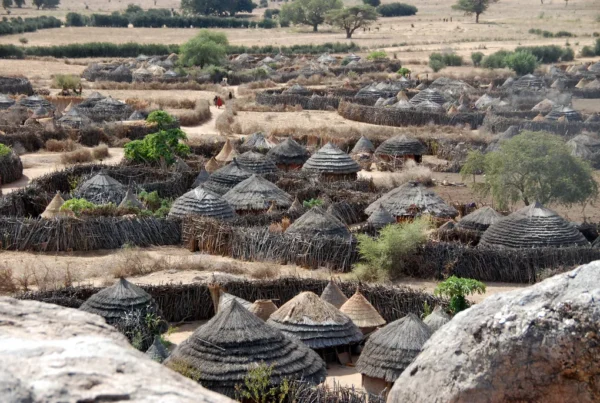
 WildHorn Africa – Authentic and unforgettable tours across Africa, guided by local experts who know the land, wildlife, and culture best.
WildHorn Africa – Authentic and unforgettable tours across Africa, guided by local experts who know the land, wildlife, and culture best.


